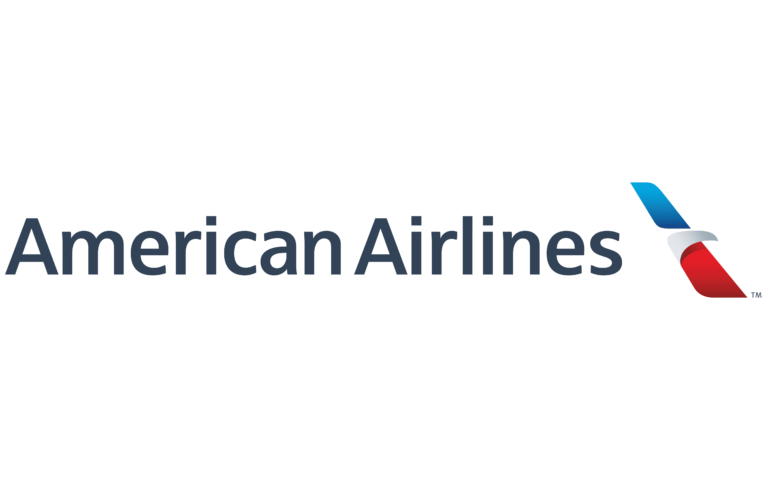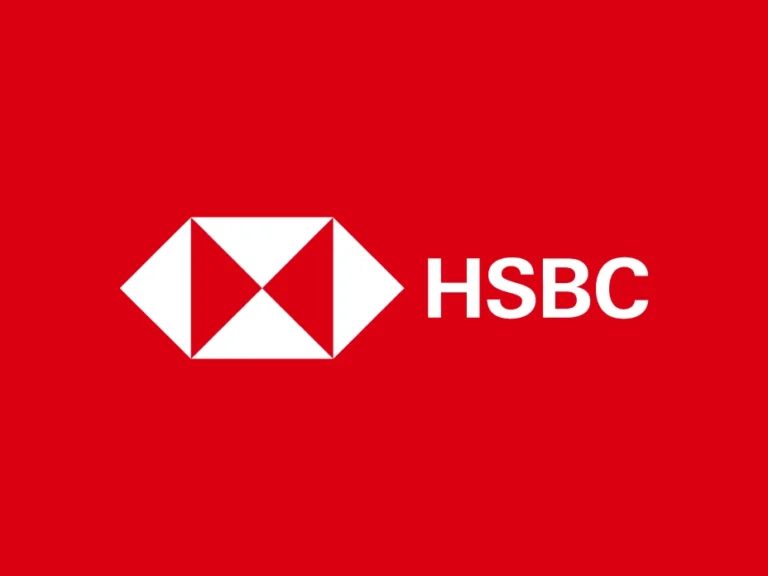
Washington, D.C.—March 27, 2025—Donald Trump’s new 25% tariff on auto imports, announced March 26 per The New York Times, threatens to jolt an already pricey used car market in the U.S. With the average used vehicle hovering at $27,000—up 40% from pre-pandemic levels, according to Kelley Blue Book—these duties could squeeze consumers further by hiking prices on imported models and tightening supply. Economists point to a straightforward fix: open the gates to low-cost foreign brands like China’s Chery. Yet the Trump administration’s hardline stance on China all but guarantees that door stays shut, prioritizing ideology over short-term relief and betting on a long-game jobs boom instead.
The tariffs, targeting cars made outside the U.S., aim to shield American automakers like Ford and GM. Posts on X from March 26 peg the policy’s start date at April 2 unless exemptions emerge. For now, Canada and Mexico dodge the hit with a one-month USMCA reprieve, but nations like Japan, Germany, and the UK—key suppliers of U.S. imports—face the full brunt. Imported vehicles made up 20% of U.S. sales in 2024, per the American International Automobile Dealers Association, and a 25% tariff could add $5,000 to $10,000 to models like the Toyota Camry or BMW 3 Series.
Used Car Market Feels the Squeeze
Supply constraints drive the pain. New car production still lags from chip shortages and pandemic disruptions—Cox Automotive reports inventories 30% below 2019 levels. Used cars, already a fallback for budget buyers, saw prices climb as demand outstripped stock. Trump’s tariffs shrink that pool further. Imported used vehicles from Japan (think JDM classics) and Europe (like VW Golfs) face higher costs, while domestic trade-ins—tied to pricier new models—reflect the ripple effect.
Edmunds data shows a 10% tariff pass-through lifted used car prices by 3% in 2018; a 25% hike could push that to 7-10%, or $2,000-$3,000 per vehicle. “Consumers lose here,” said Jessica Caldwell of Edmunds in a Wednesday statement. “Dealers won’t absorb this—they’ll pass it on.” Posts on X echo the frustration, with users lamenting a market where a 2019 Honda Civic now tops $20,000.
The Chinese Solution Trump Won’t Touch
A flood of cheap foreign cars could ease the crunch. Chinese brands like Chery, BYD, and Geely churn out models like the Chery Tiggo 8—priced at $15,000 overseas—that undercut U.S. rivals by thousands. Even with a 25% tariff, a Tiggo could land below $20,000, cheaper than a base Ford Escape ($28,000 pre-tariff). Cox Automotive estimates Chinese firms could capture 5% of the U.S. market in two years, driving down used prices by boosting trade-ins and competition.
Trump’s team, though, sees red at the idea. His March 26 tariff rollout added 10% to existing 27.5% duties on Chinese goods, per Sky News, signaling no thaw in the trade war. “China’s not getting a free ride,” Trump said in a February 3 BBC interview, doubling down on claims of economic theft. Posts on X from March 13 note his “reciprocal fairness” mantra, suggesting Chery’s U.S. entry—already stalled by regulatory hurdles—won’t happen soon. Consumers pay the price short-term, stuck with elevated costs as affordable imports stay out.
Hyundai’s Move and the Long Play
Not every foreign player sits idle. Hyundai, South Korea’s auto giant, announced Wednesday plans to expand U.S. operations, per Reuters UK. A new $7 billion plant in Georgia, set to ramp up by 2026, will produce 300,000 vehicles yearly—think Elantras and Tucsons—dodging tariffs and adding 8,000 jobs. Kia, Hyundai’s sibling, follows suit with a Kentucky expansion. “We’re betting on America,” Hyundai’s U.S. chief José Muñoz told Sky News.
Trump’s camp hails this as proof of concept. Tariffs, they argue, force firms to build here, not ship in. The U.S. added 50,000 auto jobs from 2017-2020 during Trump’s first term, per the Bureau of Labor Statistics, and aides expect a repeat. “Short-term pain, long-term gain,” a White House source told The Telegraph UK Wednesday. If Japan’s Toyota or Germany’s VW follow Hyundai’s lead, the U.S. could see a manufacturing renaissance—though not overnight.
Winners and Losers
For now, consumers foot the bill. A $30,000 used SUV could climb to $33,000 by summer, per NIESR projections, hitting middle-class buyers hardest. Dealers win short-term—Cox Automotive notes profit margins on used cars hit 9% in 2024, up from 6% pre-COVID. Detroit cheers too; GM and Ford stock rose 3% Tuesday, per Reuters UK, as tariffs shield their turf.
The long game hinges on execution. Hyundai’s jobs won’t materialize for years, and Chinese exclusion keeps prices high until domestic supply catches up—if it does. The Centre for Automotive Research warns tariffs could cut U.S. auto sales by 1 million units annually, denting GDP by 0.2%. X users vent the irony: “Protecting jobs by making cars unaffordable—genius.”
Trump’s bet trades immediate relief for a future payoff. Used car lots stay pricey, foreign fixes like Chery remain mirages, and buyers wait to see if new factories deliver. The tariff clock ticks toward April 2—relief isn’t coming soon.




